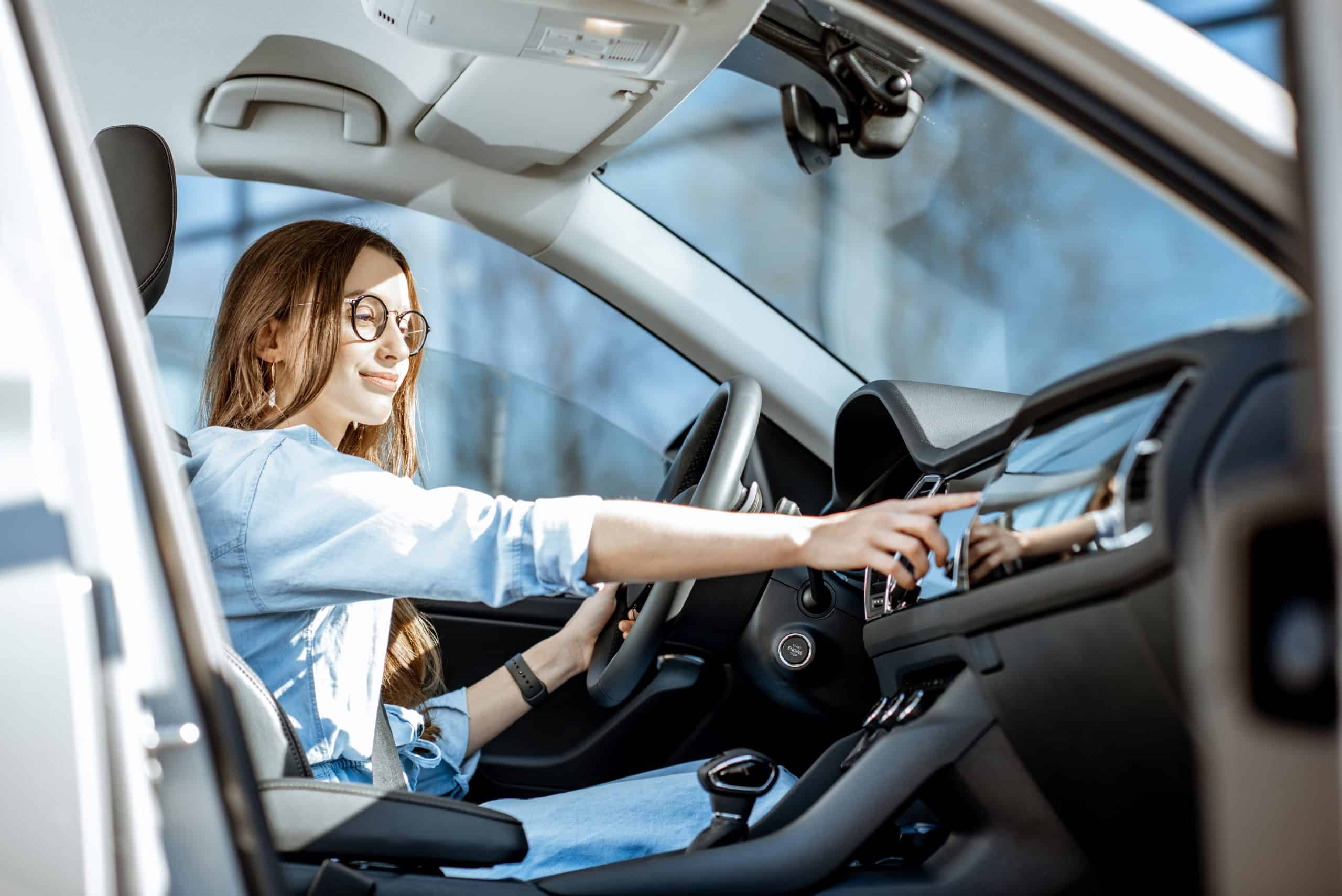How Do UK Automotive Dealerships Drive Sales with Digital Showroom Marketing?

As the world becomes more digitized, businesses in every industry are adapting accordingly to keep up with changing consumer habits, and the automotive sector is not an exception. Digital showroom marketing has become a critical tool for UK automotive dealerships, transforming the traditional car-buying experience into an engaging, seamless, and customer-centric journey. This article delves into how car retailers in the UK employ digital strategies to drive sales, enhance the customer experience, and stay competitive in an ever-evolving market.
The Rise of Digital Showrooms in the Automotive Industry
The inception of digital showrooms has been a game-changer in the automotive industry. By harnessing the power of technology, automotive retailers have created an online platform that replicates the physical dealership experience, with the added convenience of accessibility, 24/7 service, and personalized offers.
A voir aussi : How Can UK Publishers Boost Ad Revenue Without Compromising User Experience?
Digital showrooms offer customers a 360-degree view of the vehicle, detailed specifications, customization options, price comparisons, and reviews. The online model allows potential buyers to explore various cars at their own pace, without any sales pressure, leading to well-informed purchasing decisions.
Furthermore, digital showrooms are equipped with chatbots and real-time customer service representatives to answer any queries by potential customers. As such, they deliver a personalized, interactive, and immersive experience, blurring the line between physical and digital reality.
A lire également : Maximize efficiency with essential packaging prepress tools
How Digital Showrooms Boost Sales
Digital showrooms are reshaping the automotive sales landscape. By presenting a broad inventory of cars online, dealerships are reaching out to a wider audience. The ability to browse a car with just a few clicks has made the customer journey simpler and quicker, resulting in increased sales.
Moreover, online showrooms employ data analytics to understand customer behavior, preferences, and buying patterns. This information helps the dealership to tailor their marketing strategies, offer personalized deals and promotions, and build stronger relationships with customers. The result is increased conversion rates, repeat purchases, and better customer retention.
However, the success of a digital showroom is not just about the number of cars on display. It is about offering a smooth, user-friendly browsing experience that will encourage customers to explore more and eventually make a purchase.
Digital Showroom Marketing Techniques
Effective marketing is the key to driving sales in the digital showroom. An important aspect of this strategy is Search Engine Optimization (SEO). By optimizing their websites with relevant keywords and high-quality content, dealerships can improve their visibility on search engines and attract more potential customers.
Automotive retailers also leverage social media platforms and email marketing to engage with customers, promote new model launches, share testimonials, and offer exclusive online deals. They use virtual reality (VR) and augmented reality (AR) technologies to provide virtual test drives and car configurations, further enhancing the customer experience.
Moreover, dealerships use targeted and retargeted ads to reach customers who have shown an interest in their products or visited their website. By reminding customers about their desired car and offering personalized deals, these ads can substantially boost conversion rates.
The Role of Customer Experience in Digital Showroom Sales
In the digital showroom model, customer experience is at the forefront. A positive online experience can significantly impact a customer's decision to purchase a car and their overall satisfaction with the dealership.
To enhance customer experience, dealerships work on improving website navigation, reducing loading times, and offering easy and secure payment options. They focus on providing comprehensive product information and transparency in pricing, which builds customer trust and confidence.
Dealerships also put a lot of emphasis on after-sales service. They provide regular updates on delivery status, conduct customer satisfaction surveys, and offer assistance for any post-purchase queries or concerns. This level of service not only ensures a positive buying experience but also encourages customers to return for future purchases.
Bridging the Gap between Online and Offline Sales
While digital showrooms offer a host of benefits, they cannot entirely replace the traditional dealership experience. Many customers still prefer to physically inspect the car, take a test drive, and negotiate the price before making a purchase.
Recognizing this, dealerships are working on integrating their online and offline sales channels. This means that a customer can start their buying journey online and complete it in the physical showroom, or vice versa. By bridging the gap between online and offline sales, dealerships can offer a seamless, omnichannel customer experience that maximizes sales potential.
In conclusion, digital showroom marketing is reshaping the automotive retail landscape in the UK. It is enabling dealerships to reach a wider audience, offer personalized customer experiences, and drive car sales. However, the success of this model hinges on effective marketing strategies, a focus on customer experience, and the integration of online and offline sales channels.
Leveraging Augmented Reality in Digital Showrooms
Incorporating augmented reality (AR) in the digital showroom marketing strategy has proven to be a game-changer for many car dealerships in the UK. AR offers a unique way of presenting cars, enabling users to virtually explore a vehicle in a real-world setting, as if it were physically present.
The use of AR gives potential car buyers an immersive experience, allowing them to see every detail of a car, change its color, and examine the interior design. Some dealerships even offer a virtual test drive experience, simulating the feel of driving the car on different terrains and under varying weather conditions.
Furthermore, AR can be used to provide a virtual tour of the dealership, giving the customer a sense of the physical shopping experience. It can also display useful information, such as vehicle specifications and pricing, in a user-friendly and engaging manner.
The integration of AR technology in the digital showroom not only enhances the customer experience but also gives the dealership a competitive edge. It allows them to showcase their cars in a unique and interactive way, driving customer engagement and ultimately, increasing sales.
The Importance of Customer Service in Digital Showrooms
Customer service plays a significant role in the success of digital showrooms. Despite the shift towards online car buying, customers still expect a high level of service, similar to what they would receive in a physical dealership.
Prompt response to customer queries, whether through chatbots or real-time customer service representatives, is critical in building trust and facilitating the buying process. Customers appreciate having their questions answered quickly and accurately, which helps them make informed decisions.
Moreover, post-sale customer support is equally important. Dealerships that offer assistance with car maintenance, warranty issues, and other post-purchase concerns tend to have higher customer retention rates. Regular follow-ups and personalized service can go a long way in building long-term customer relationships.
Ultimately, customer service, combined with a user-friendly digital platform, can significantly enhance the online car buying experience, leading to increased customer satisfaction and loyalty.
In Conclusion: The Transformative Impact of Digital Showrooms
The rise of digital showrooms is revolutionizing the automotive industry, shifting the car buying journey from a primarily offline experience to an increasingly digital one. Digital showroom marketing has proven to be an effective tool for UK car dealerships, enabling them to offer a seamless, customer-centric experience and driving sales.
The integration of augmented reality in digital showrooms has enhanced the customer experience, providing an immersive, interactive platform for exploring cars. At the same time, a strong focus on customer service, both pre-sales and post-sales, has helped build customer trust and loyalty.
However, the success of digital showroom marketing is not without its challenges. Dealerships must continuously adapt their strategies to changing consumer habits, technological advancements, and market trends. The key lies in effectively integrating online and offline sales channels, offering a truly omnichannel customer experience.
As we move forward, it is clear that digital showrooms will continue to play a critical role in the UK's automotive sector. They offer a powerful platform for car dealerships to reach a wider audience, personalize their offerings, and stay competitive in an increasingly digitized world.
